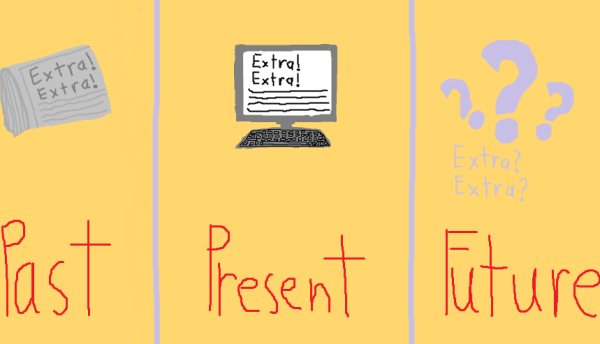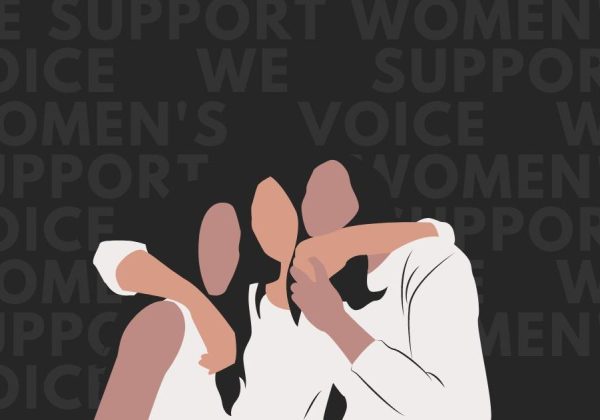Let’s Elect a New System: Why the Electoral College Should Be Replaced
Through the years, many have called for the reformation or complete abolition of the Electoral College. In 2016 when the popular vote lost, an uprise in confusion about the power of the Electoral College arose.
What is the Electoral College and How Does it Work?
The Electoral College is the system that our nation abides by to choose a president. It is stated in the Constitution in Article II, Section I. Essentially, when a person votes, their vote isn’t directly counted. Instead, the popular vote in each state is awarded all of that state’s electoral votes. Each state counts for a stagnant number of electoral votes – Georgia is 16. To win, a candidate must get 270 or more votes — a majority of the total 538 votes.
Why is this potentially harmful?
Under the Electoral College, not everyone’s vote is counted the same. It doesn’t matter how many people in a state vote for a candidate, as long as that candidate wins the majority. So, if a state had 20 people, a 19-1 vote would be the exact same as an 11-9 vote.
Since electoral votes are not distributed by population, rural populations tend to be overrepresented while urban voters are underrepresented. This means a vote from someone in California is worth less than a vote from Wyoming.
Most states always vote for a specific party and are considered “safe states”. Since the results of these states are the same every year, candidates focus more on winning over “swing states” during their campaigns. This means a small handful of swing states invariably decide the outcome of presidential elections.
It also means a candidate can lose the popular vote by over two million votes and still become the president, as was the case in 2016.
Should the Electoral College be Abolished?
The Electoral College is a deeply flawed system. According to Britannica ProCon.org, “Using electors instead of the popular vote was intended to safeguard against uninformed or uneducated voters by putting the final decision in the hands of electors most likely to possess the information necessary to make the best decision…” The intent behind the system is no longer relevant since technology makes information easily accessible to a majority of the U.S. population.
The Electoral College was made for a different time and it’s due for an upgrade.











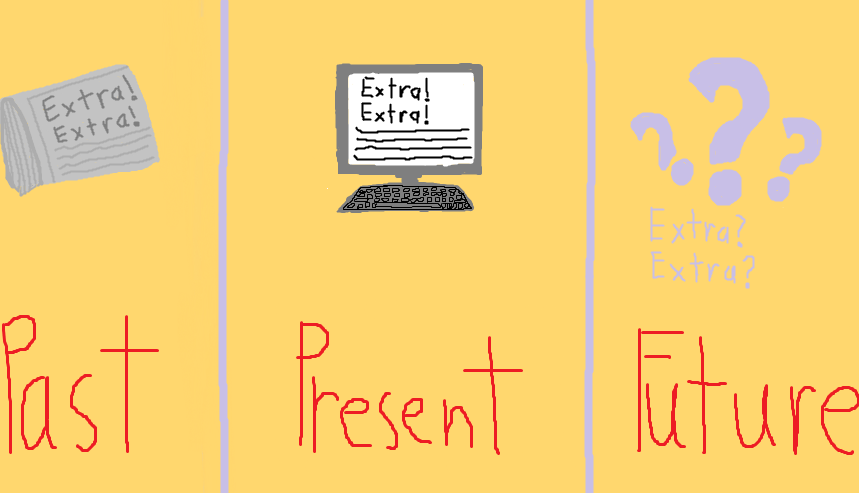


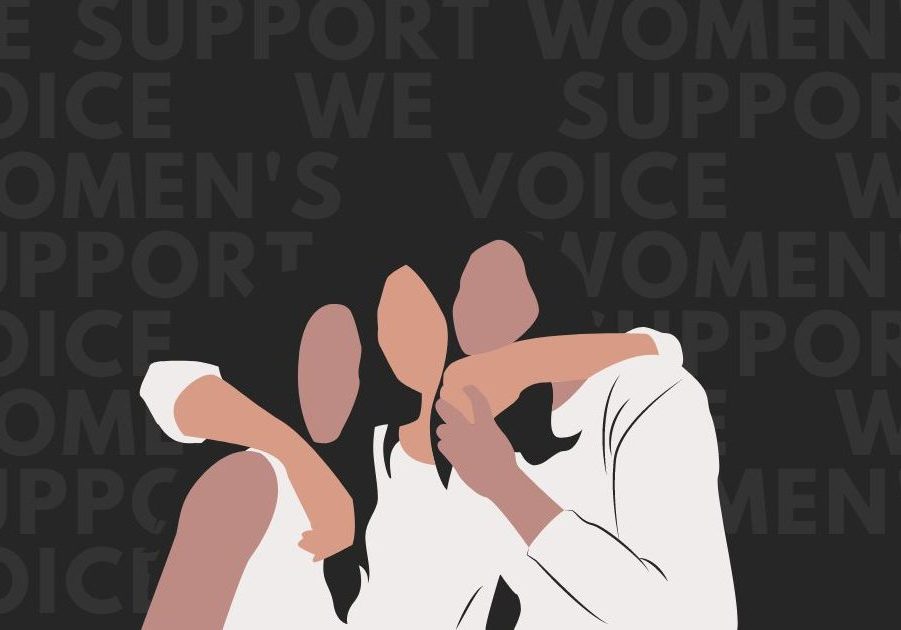

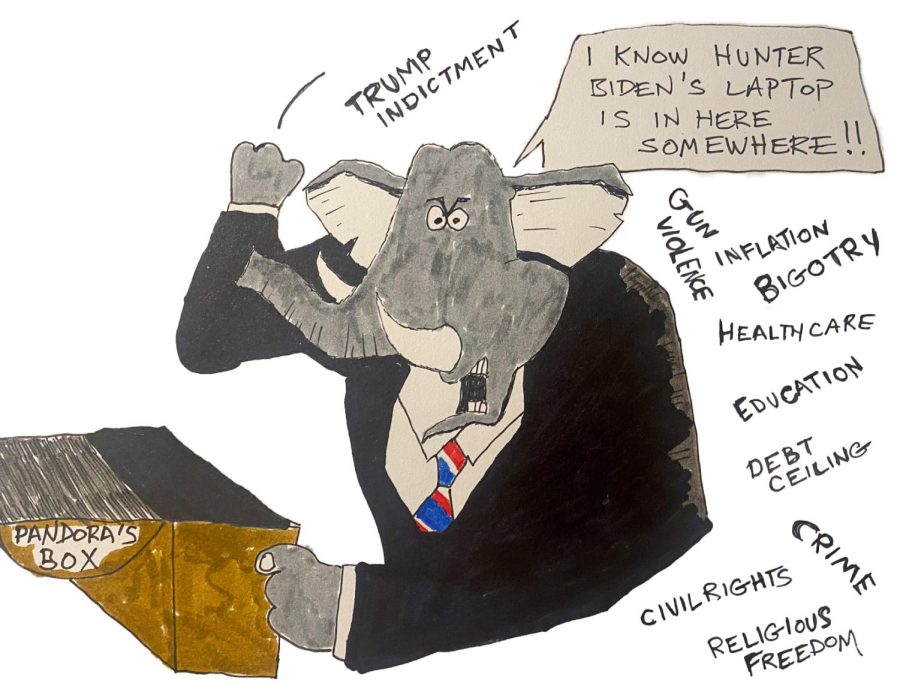










































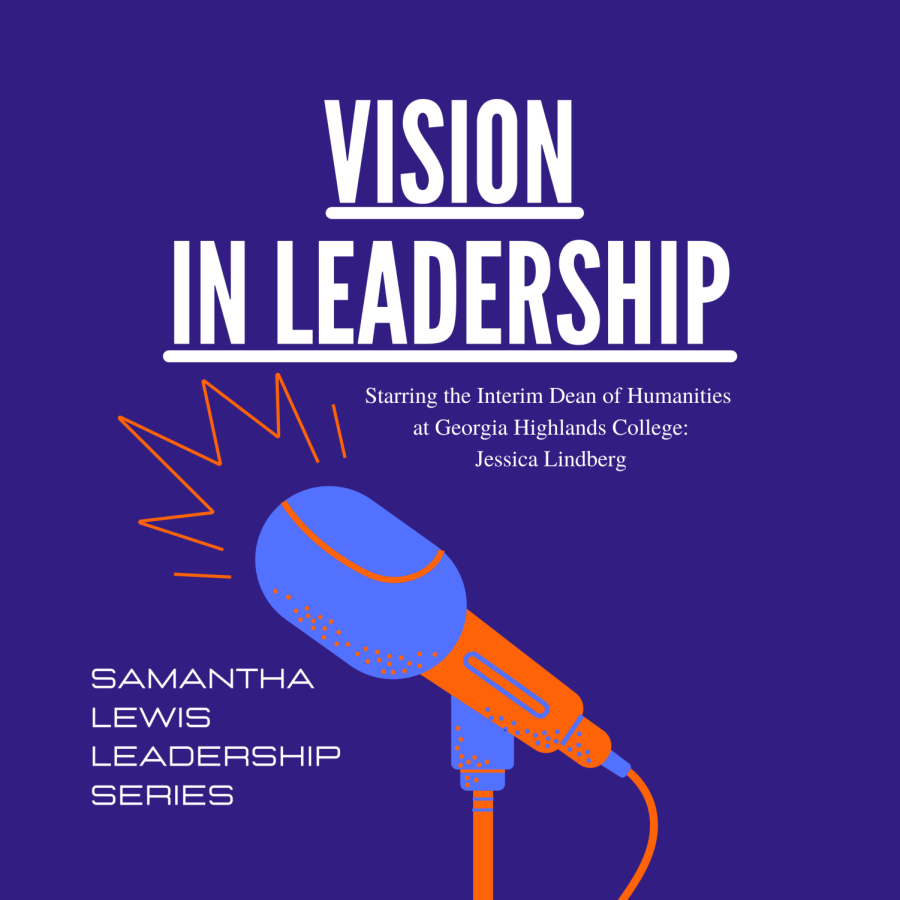




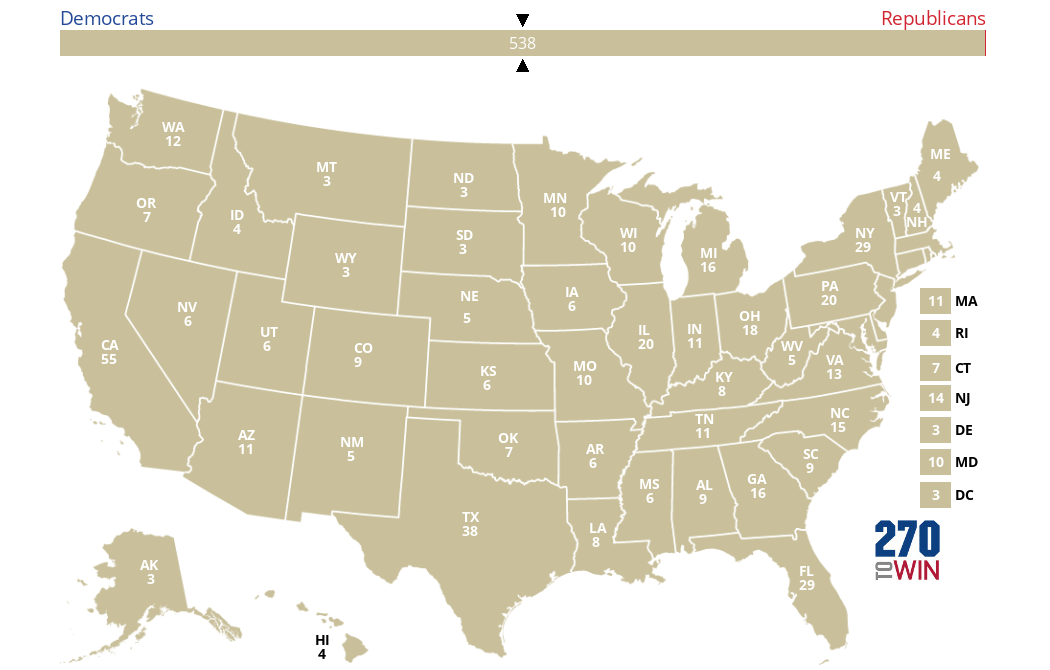
 Click the map to create your own at
Click the map to create your own at 